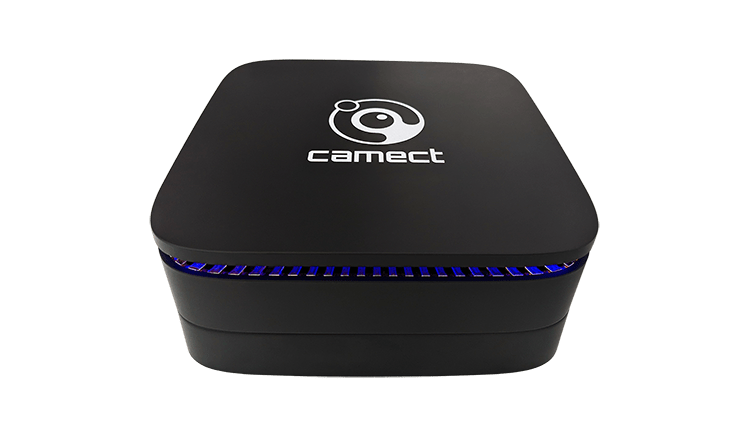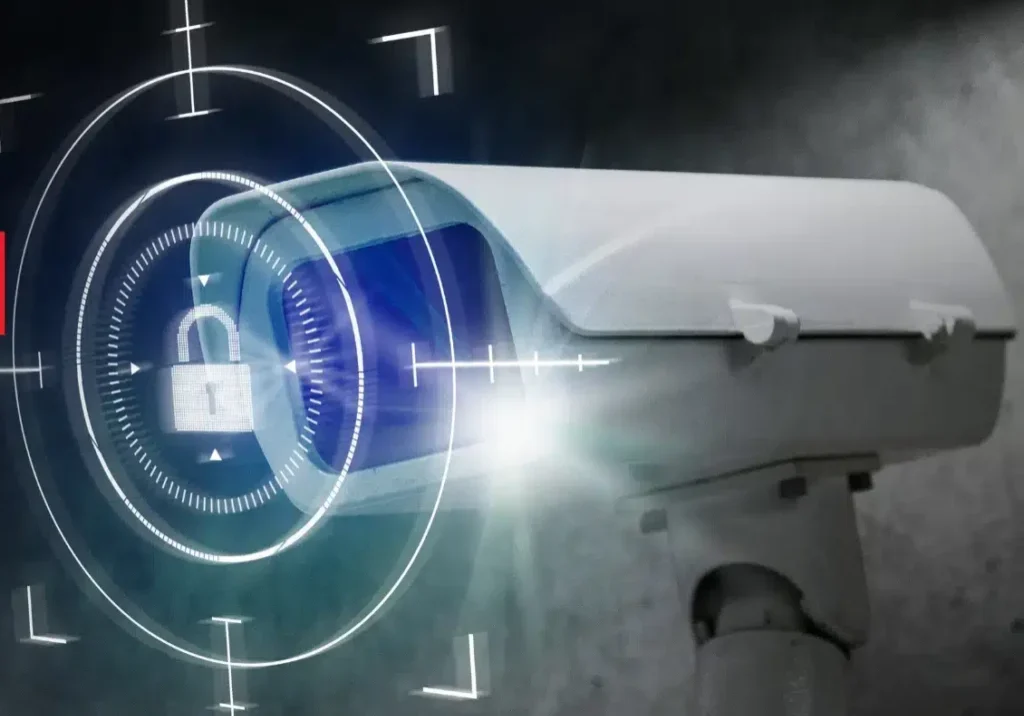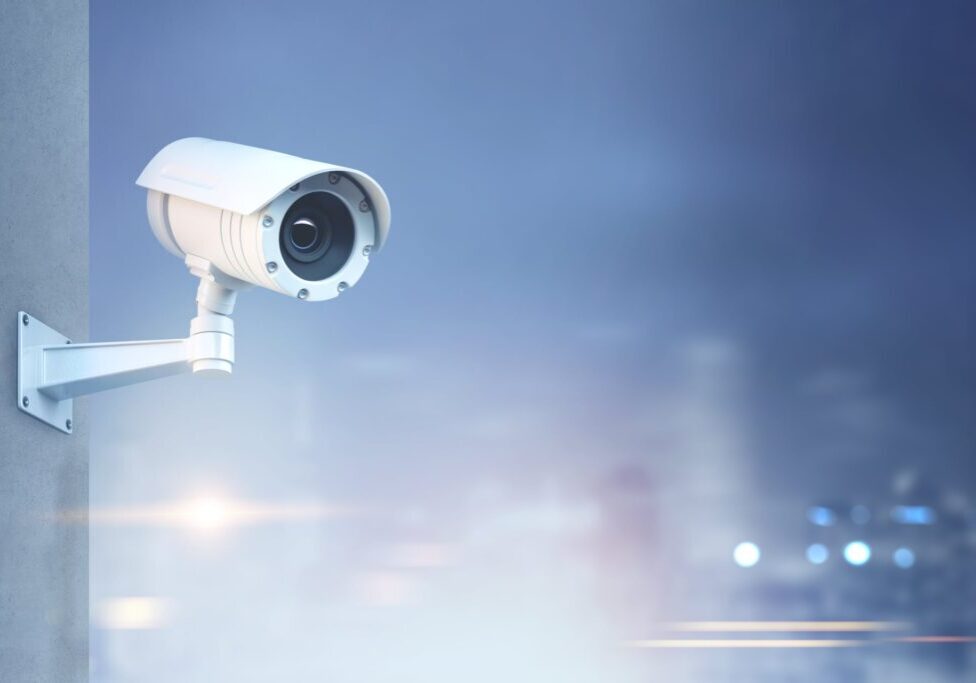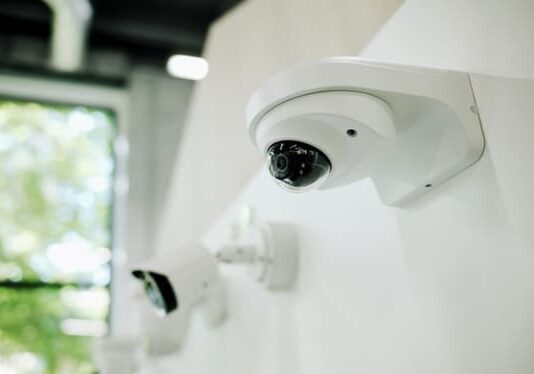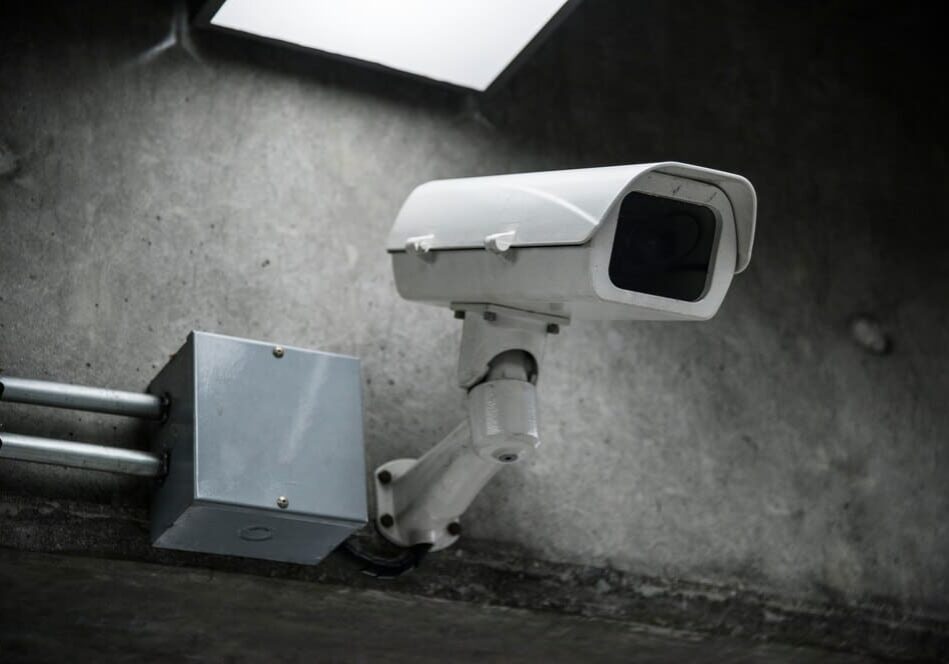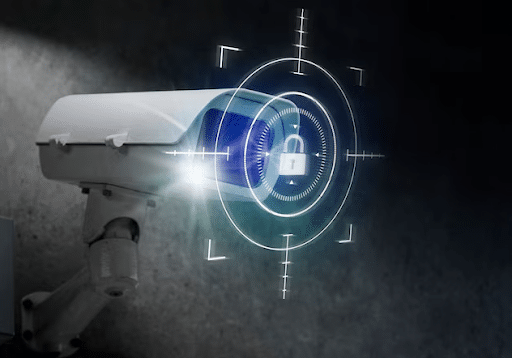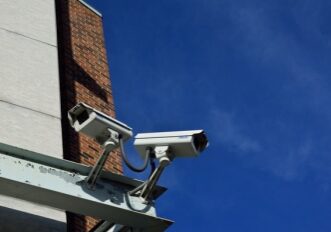Summary: Investing in advanced security systems does more than protect your property. It can significantly reduce insurance premiums. Insurers reward risk mitigation through discounts for properties with surveillance cameras, access control, and alarm systems. Smart, data-driven security enhances safety, boosts property value, and cuts long-term costs. Meeting insurer requirements, such as certified monitoring centers, perimeter coverage, and real-time detection, maximizes protection and savings.
Security is high on the list of concerns for homeowners, yet the advantages of hi-tech security systems are more than just a means of affording peace of mind. One less popular benefit is the possibility of drastically reducing insurance premiums because most insurance companies understand the worth of hi-tech security to mitigate risk.
Consequently, tempting discounts are provided to homeowners who invest in hi-tech security systems.
Understanding The Connection
Risk Mitigation and Insurance Discounts
Insurance is essentially a risk management mechanism. Insurers evaluate the extent of risk involved in insuring a property and charge premiums based on this. The existence of hi-tech security systems significantly mitigates the risk of theft, burglary, and other dangers, decreasing the chances of claims.
This risk reduction becomes a strong bargaining chip for property owners negotiating reduced insurance premiums.
Data-Driven Assessments
It’s also important to point out that insurers increasingly use data to assess risk. Security systems with smart technology provide real-time data, allowing insurers to make better decisions.
This trend of data-driven decision-making can benefit you and positively affect insurance calculations.
The Types Of Security Systems That Matter
Not every security system is equal in the insurer’s mind. It is important for property owners who wish to maximize their risk profile to know what types of security devices make a real difference in insurance costs.
Surveillance Cameras
Commercial surveillance cameras serve as keen watchdogs, acting as deterrents to crime deterrents and taking critical evidence that helps during investigations in case of a security incident. Insurers greatly appreciate the existence of good quality surveillance systems, which usually translate into lower premiums.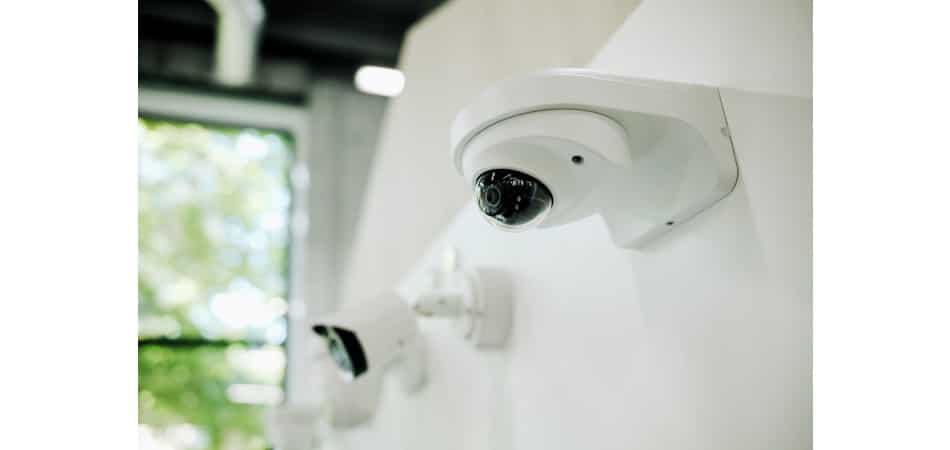
Access Control Systems
Restricting and controlling access to your property is a core security feature. Access control systems such as key card entry and biometric verification strengthen your defense against unwanted intruders, impressing insurers and possibly reducing premiums.
Intruder Alarms
Intruder alarms are the initial front line of defense, immediately notifying authorities and preventing possible intruders. Insurers acknowledge the success of such systems, regularly offering premium discounts for properties with effective intrusion detection.
Smart Security Integration
The interplay of technology has led to advanced analytics systems that provide end-to-end protection. Integrating these systems not only increases your property’s security through sophisticated analytics but also puts you in a positive light in front of insurers.
The Financial Impact
Security investments extend beyond the short-term advantages of reduced insurance premiums. It is a strategic financial decision move that can make an extended difference to your overall financial well-being and lifespan.
Long-Term Cost Savings
Although the upfront cost of security systems can appear high, long-term cost savings can be considerable. Reduced premiums over time, combined with possible decreases in the rate and severity of claims, mean a healthier bottom line.
Improved Property Value
A secure home is a desirable home. Apart from insurance costs, the market value of your home can appreciate with the addition of sophisticated security systems. This extra value can be a savvy investment when it’s time to sell or refinance.
Think About The Total Cost Of Security Violations
Appreciation of the likely repercussions of security breaches is a top priority. Beyond the short-term monetary cost, security failures have ripple effects that may impact many areas of your company.
Property Damaged Or Lost– Physical And Intellectual
Theft or damage to physical property is an instant repercussion of poor security. Additionally, loss or compromise of intellectual property can cost your company immensely in the long run.
Following Insurance Costs
A security breach can prompt heightened insurance fees, wiping out any benefits from previous risk protection measures. Insurers will normally review premiums after a claim has been made, and a track record of security issues can mean higher premiums.
Legal Fees & Liabilities
Security breaches can also have legal consequences, resulting in heavy legal fees and possible liabilities. Sound security precautions can safeguard against legal troubles, avoiding possible legal entanglements.
Reputation Damage
The aftermath of a breach also spills over into intangible assets. Most importantly, your company’s reputation.
Recovering from a breach and rebuilding trust and credibility is a tall order, affecting customer loyalty and stakeholder relationships.
Lost Clients & Business
Customers are more sophisticated these days when selecting business associates. A security breach can cause clients and business opportunities to be lost, generating a ripple effect beyond direct financial losses.
Specific Parameters For Insurance Discounts
In order to qualify for insurance discounts, your provider will likely have a list of minimum security system requirements that must be met in different areas. Here’s what to know and implement in different sectors of your surveillance strategy to satisfy most general benchmarks.
Monitoring Center Requirements
The monitoring centers of surveillance systems need to be owned and operated in North America. They also need to be either UL Certified, a TMA (also referred to as CSAA) Member, or Five Diamond Certified.
Surveillance System Requirements
Your surveillance system must provide 100% coverage of the property boundary and perform in low-light conditions with IR lighting or thermal imaging cameras. Video surveillance services should be capable of detecting and distinguishing, in real-time, the penetration of individuals or vehicles on the site perimeter through automatic visual content analytical capabilities and zone calibration to minimize false alarms.
Also, surveillance systems must be capable of alerting monitoring centers to any potential intrusions to be confirmed and initiating instant responses upon any breaches.
Other requirements for surveillance systems could be:
-
- The security system must be capable of arming at night or during working hours with a failsafe mechanism so that it can arm itself according to a schedule determined in advance.
- Having both:
- A live, voice-over audible capability to “speak down” intruders at any point along the perimeter.
- A strobe or lighting option to make intruders visually aware that the system has detected them.
- Both primary and redundant power systems are monitored for battery health as well as tamper-proof, and an automatic monitoring center notification to send site personnel out if system power is low.
- Regular random daily cycle counts of the camera field of view (FOV) to track camera view and site well-being.
FAQs
The insurer defines risk under particular hazards: theft, vandalism, etc. The introduction of tough security solutions, such as cameras and access control systems, essentially abolishes or minimizes these hazards, so the insurers will charge lower insurance premiums to the owners of the respective property.
Security cameras deter wrongdoing and provide great evidence in investigations. Access control systems prevent unauthorized entry; intruder alarms immediately alert the authorities. The smarter the security system is, particularly with analytics, the better the security, which may lead to a bigger discount.
Several insurers base their risk assessment on real-time information from intelligent security systems. Such an approach based on data enables better analysis, which may impact insurance calculations and result in cost savings for property owners.
Aside from immediate insurance discounts, investing in security systems can generate long-term savings by lowering the frequency and severity of claims. Increased security also enhances property value and can attract buyers or renters.
The insurers favor provisions that directly reduce the risk, including good-quality CCTV cameras, effective intruder alarms, and access control systems. Those properties installed with these provisions are considered lower-risk and therefore qualify for lower premiums.

Michael S. Blanco is the Chief Executive Officer and Co-Founder of Resolute Partners, LLC, where he leads strategic initiatives across various divisions. After owning family entertainment centers in New England, he co-founded Resolute Partners in 1996, launching the first Internet cafés for the U.S. Navy and partnering with AT&T for global deployment. A pioneer in wireless communications, Michael has expanded the company’s focus to include Energy Management/IoT, Cybersecurity, and Managed Video Security. He holds a degree from the Rochester Institute of Technology.
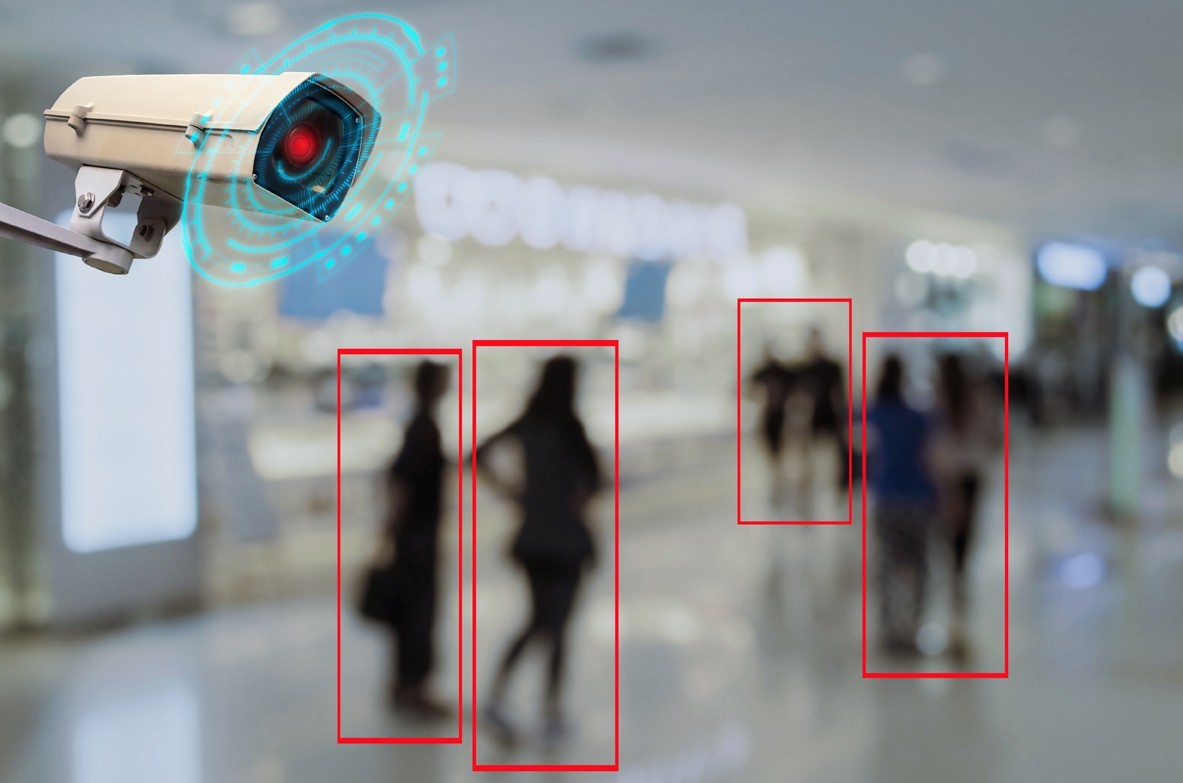
Stay up to date.
Subscribe for latest news, protection tips, special offers, and more!





